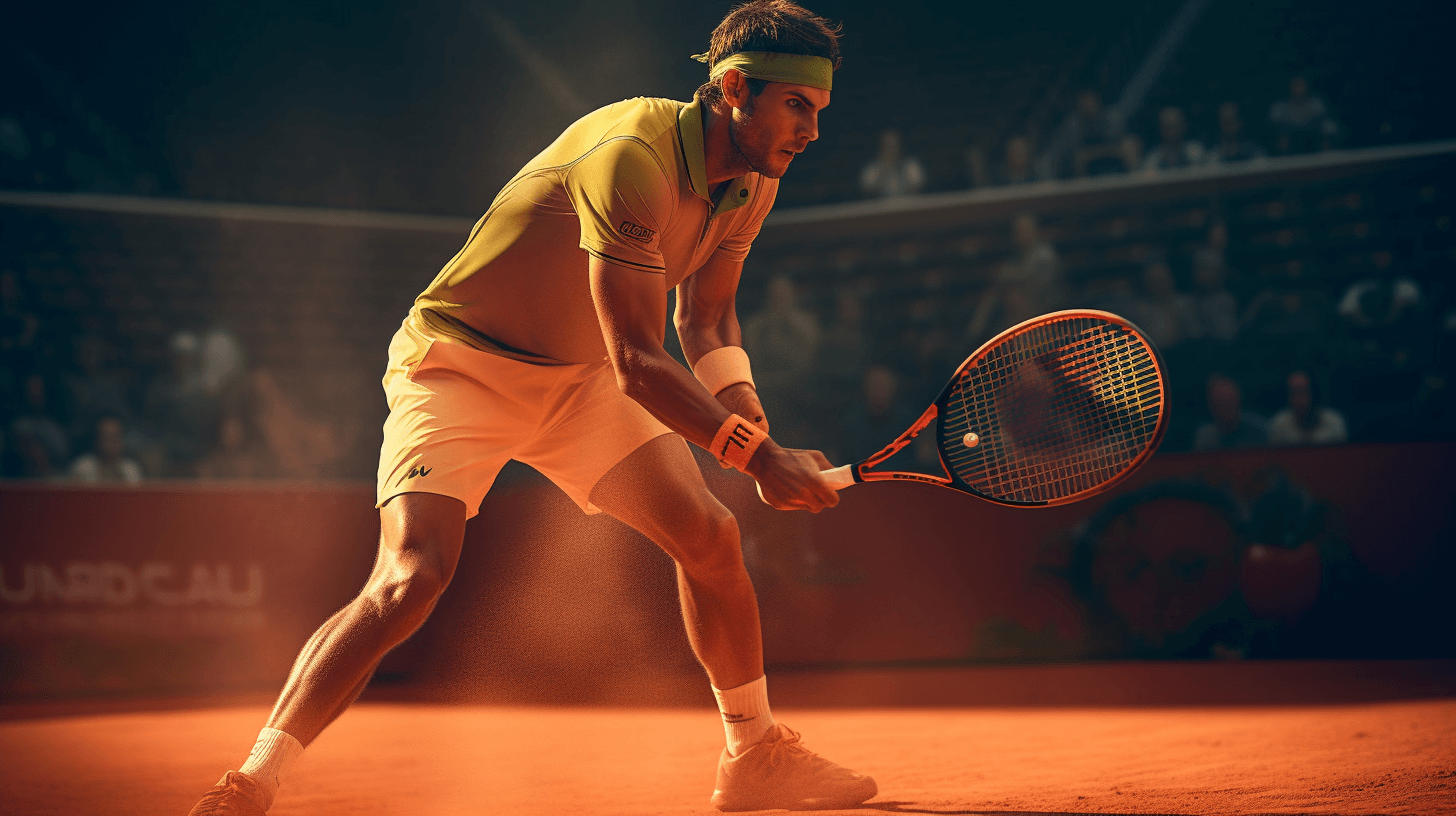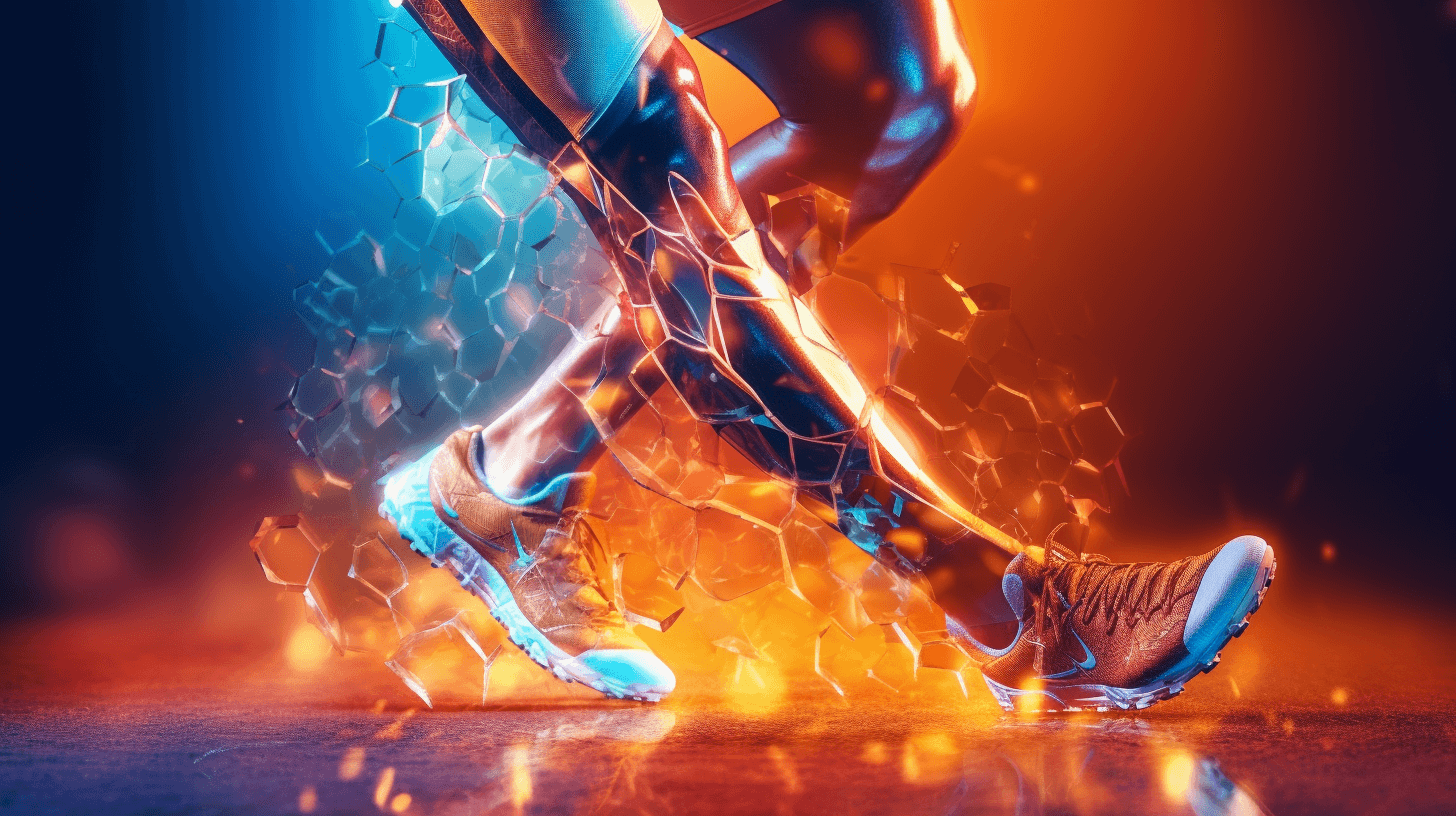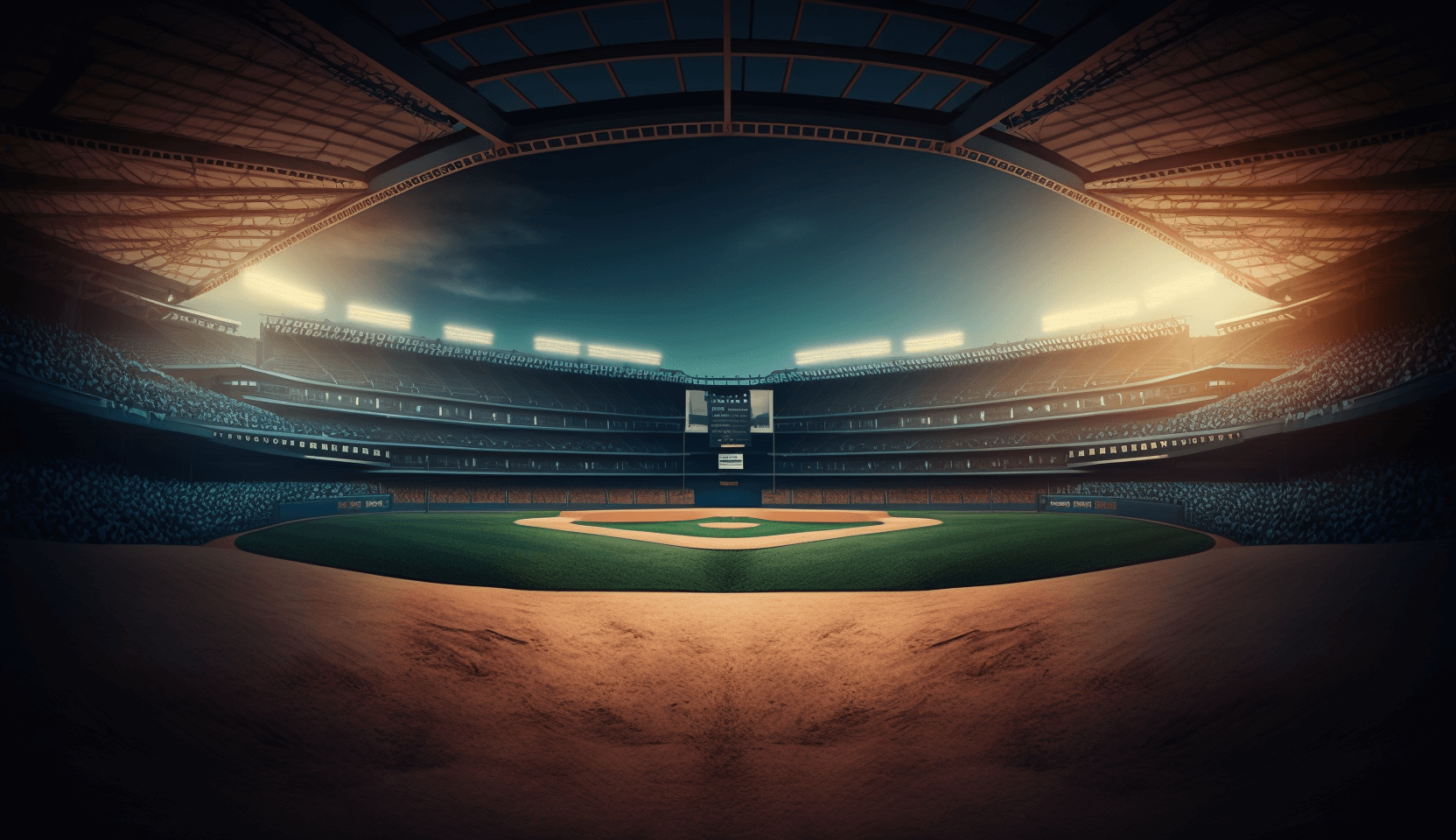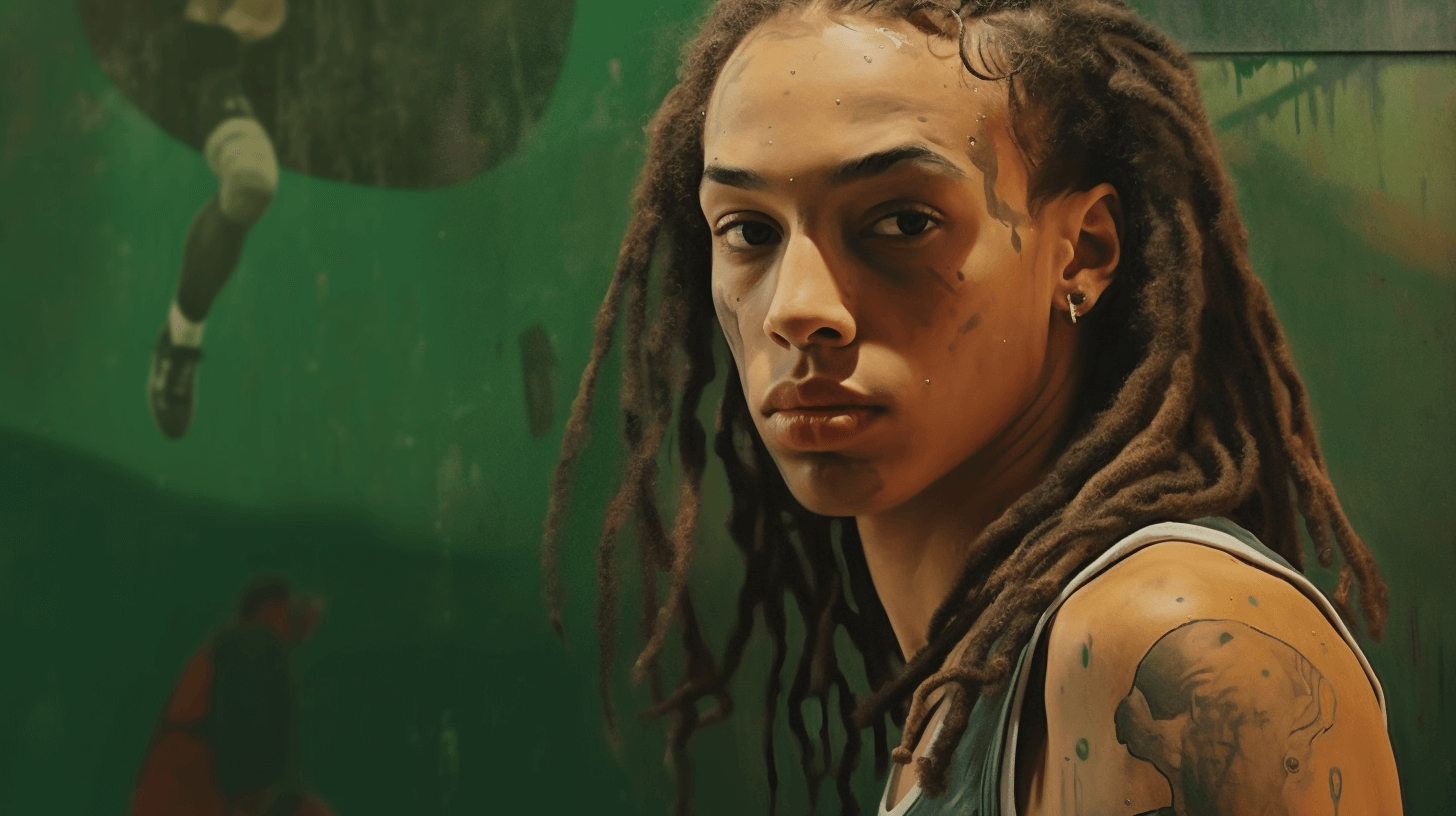🎾😲🌍 Da Unique, Rare Kine World of Real Tennis
Hemmo funny kine ting, if you like make one game dat going make guys tink twice foa play ’em, you probably goin’ design one real tennis court. 💡😬🎾
Upstairs, behind one big Haussmann building, not too far from da Arc de Triomphe, get da Jeu de Paume Club, da only active court tennis club inside Paris. 🗼🏢🎾
Da members of da club, jus’ like da players at Wimbledon in England, all dressed up in white, and dey call out da scores “quinze!” and “trente!” same same like da referees few miles west, at Roland Garros, wea da French Open being played till June 11. ⚪🎾🇫🇷
Modern tennis, or lawn tennis, formally wen’ come out in England around da 1870s, get plenny traits from court tennis, specially da way foa keep score, even if nobody know foa sure if da scoring wen’ come from old kine clock or from da steps one player take when he win one point in da game of longue paume, da ancestor of most racket sports but mostly lawn tennis, dat people been playing across France since da 13th century. 🕰️👣🏸
Court tennis, also known as real tennis, wen’ come around 200 years afta dat, according to Gil Kressmann, one historian and da honorary president of da Jeu de Paume Club, as da towns inside France wen’ get bigger and walled courts wen’ replace da big open spaces dey used foa longue paume before. Da sport wen’ blow up all ova Europe and Britain, wea King Henry VIII wen’ love ’em. 👑💂♂️🎾
Back den in France, and even now, professionals known as maîtres paumiers, wen’ take care of da courts. Dey play in matches, give lessons and make da balls and rackets. Guillaume Dortu, da current club professional at da Palace of Fontainebleau, say he happy dat “luckily, professionals don’t need foa do dat nowadays.” 🏰👨🏫🎾
But him and other club pros like Rod McNaughtan in Paris da only guys allowed foa sell court tennis rackets, still made out of wood. Every month, dey make 100 to 150 balls, carefully weighing da hard cork and cotton webbing inside before dey sew da thick yellow felt outside. Dey also clean da court every day. 🧹🎾👷
Da passion foa da game wen’ start foa go away around da end of da 17th century, and get linked to gambling and other not so good tings like when da Italian painter Michelangelo Merisi, everybody know ’em as Caravaggio, wen’ kill one opponent on a tennis court in Rome in 1606, so dey wen’ kick him out of da city. Inside France, da game wen’ get less popular unda Louis XIV, whose heavy body wen’ discourage him from playing. He wen’ prefer billiards. 🎨🚷🎱
Da French Revolution, dat started in 1789, wen’ distract from da game, even though one of da founding moments of da revolution, da Tennis Court Oath, wen’ happen in da tennis court at Versailles, wea deputies wen’ meet afta dey wen’ get locked out of da palace, promising not foa go away until France get one constitution. 🇫🇷🏰✊
Nowadays, da sport is played competitively in da four countries dat also have da big tennis tournaments: France, wea da game is known as jeu de paume; Britain and Australia, wea dey call it real tennis; and da United States, home of da current men’s world champion, Camden Riviere. Get just over 50 courts in da world, and da high cost foa build new courts is one big problem. Even though da game is getting more popular, get only around 10,000 active players. 🌍🎾🏆
Even if dey not plenty, court tennis players get plenty enthusiasm. When you ask ’em foa describe da sport, dey most often compare ’em to chess and say da mental part just as important, if not more, than da physical one. 🧠💪🏁
Players take pride in da esoteric kine nature of da game and its uneven court with buttress, galleries, all kine small hidden spaces with funny names and da fact dat no two courts in da world exactly da same. Dat’s da challenge foa players like Matthieu Sarlangue, who is ranked No. 10 in da world and is a 13-time French amateur champion. “Technically it’s very difficult and demanding,” he said. “You really have to master the tactics because there are so many options on the court.” 🏆💡🎾
Da game is one puzzling kine sport, one that Martin Village, one 70-year-old court tennis enthusiast from London and member of the Dedanists’ Society, one small group of British players dedicated to da history of da sport, explained simply.
“If you wanted to design a game that was going to put people off from playing it,” he said, “you would probably design a real tennis court. But that’s why it is a source of endless fascination.” 🎾🤔💭
NOW IN ENGLISH
🎾😲🌍 The Unique, Rare World of Real Tennis
It’s a funny thing, if you wanted to design a game that makes people think twice before playing, you’d probably design a real tennis court. 💡😬🎾
Upstairs, behind a large Haussmann building, not too far from the Arc de Triomphe, lies the Jeu de Paume Club, the only active court tennis club in Paris. 🗼🏢🎾
The members of the club, just like the players at Wimbledon in England, all dress in white, and they call out the scores “quinze!” and “trente!” just like the referees a few miles west, at Roland Garros, where the French Open is being played until June 11. ⚪🎾🇫🇷
Modern tennis, or lawn tennis, formally emerged in England around the 1870s, borrows plenty of traits from court tennis, especially the way to keep score, even if nobody knows for sure if the scoring came from an old clock or from the steps a player takes when they win a point in the game of longue paume, the ancestor of most racket sports but mostly lawn tennis, that people have been playing across France since the 13th century. 🕰️👣🏸
Court tennis, also known as real tennis, came around 200 years after that, according to Gil Kressmann, a historian and the honorary president of the Jeu de Paume Club, as the towns in France got bigger and walled courts replaced the big open spaces they used for longue paume before. The sport exploded all over Europe and Britain, where King Henry VIII loved it. 👑💂♂️🎾
Back then in France, and even now, professionals known as maîtres paumiers, took care of the courts. They play in matches, give lessons and make the balls and rackets. Guillaume Dortu, the current club professional at the Palace of Fontainebleau, says he’s happy that “luckily, professionals don’t need to do that nowadays.” 🏰👨🏫🎾
But he and other club pros like Rod McNaughtan in Paris are the only guys allowed to sell court tennis rackets, still made out of wood. Every month, they make 100 to 150 balls, carefully weighing the hard cork and cotton webbing inside before they sew the thick yellow felt outside. They also clean the court every day. 🧹🎾👷
The passion for the game began to fade around the end of the 17th century, and became linked to gambling and other not so good things like when the Italian painter Michelangelo Merisi, known to everybody as Caravaggio, killed an opponent on a tennis court in Rome in 1606, which resulted in him being expelled from the city. In France, the game became less popular under Louis XIV, whose heavy body discouraged him from playing. He preferred billiards. 🎨🚷🎱
The French Revolution, which started in 1789, distracted from the game, even though one of the founding moments of the revolution, the Tennis Court Oath, happened on the tennis court at Versailles, where deputies met after they were locked out of the palace, vowing not to leave until France had a constitution. 🇫🇷🏰✊
Nowadays, the sport is played competitively in the four countries that also have big tennis tournaments: France, where the game is known as jeu de paume; Britain and Australia, where they call it real tennis; and the United States, home of the current men’s world champion, Camden Riviere. There are just over 50 courts in the world, and the high cost to build new courts is a major issue. Even though the game is becoming more popular, there are only around 10,000 active players. 🌍🎾🏆
Even if they’re not many, court tennis players are very enthusiastic. When asked to describe the sport, they often compare it to chess and say the mental part is just as important, if not more, than the physical one. 🧠💪🏁
Players take pride in the esoteric nature of the game and its uneven court with buttress, galleries, various small hidden spaces with quirky names and the fact that no two courts in the world are exactly the same. That’s the challenge for players like Matthieu Sarlangue, who is ranked No. 10 in the world and is a 13-time French amateur champion. “Technically it’s very difficult and demanding,” he said. “You really have to master the tactics because there are so many options on the court.” 🏆💡🎾
The game is a puzzling sport, one that Martin Village, a 70-year-old court tennis enthusiast from London and member of the Dedanists’ Society, a small group of British players dedicated to the history of the sport, explained simply.
“If you wanted to design a game that was going to put people off from playing it,” he said, “you would probably design a real tennis court. But that’s why it is a source of endless fascination.” 🎾🤔💭







